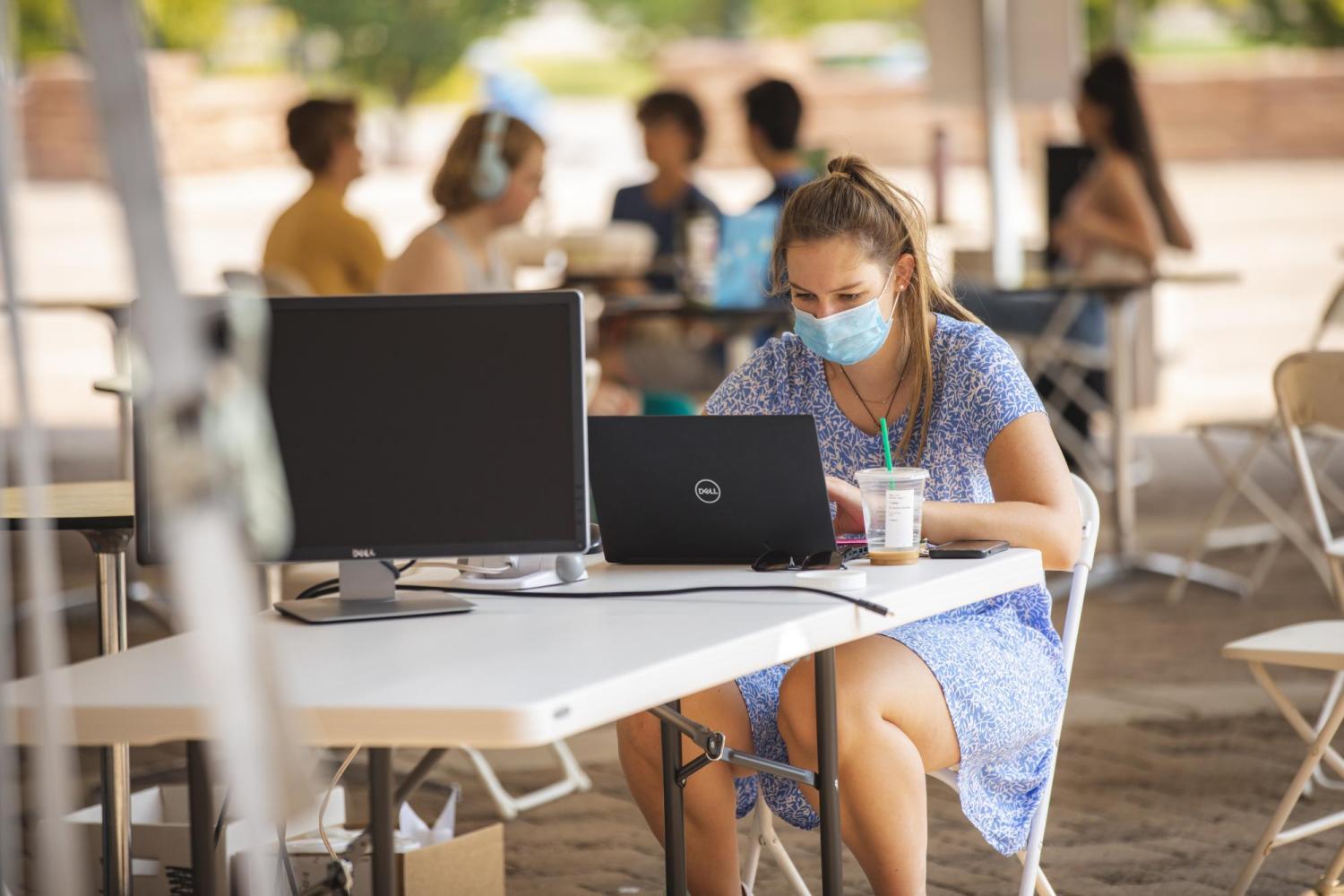Email etiquette

Email is one of the most common ways to share information in a professional setting. As you connect with professors, potential employers and others through email, keep these best practices in mind.
- Emails are traditionally more thorough and more formal than a chat or text message. Whether you are trying to set up a meeting or asking for help with a task, have a plan for what you want to say and what actions you are hoping the other person will take.
- Begin by addressing the recipient(s). Spend time creating an email that’s clear, easy to understand and direct. Use short sentences and simple words. Bullet points can be a great way to list information that is quick and easy for the other person to scan.
- Consider your words before you click ‘send’. Sometimes the tone and intent of our email can be misread. Think about how the recipient will receive and possibly interpret your message. For example - you may put a word in all caps to highlight its importance, but a reader may interpret that as you shouting at them.
- Sometimes we’ll experience frustrating situations in the workplace, or receive an email that upsets us. If possible, avoid responding to emails if you are upset or angry. Take some time and respond when you are feeling more calm.
Another good practice is to consider whether email is the best option for what you need. People can receive many emails per day. Sometimes talking in person, calling or sending a chat message is a better way to have a conversation and minimize confusion.
Categories: homepage

